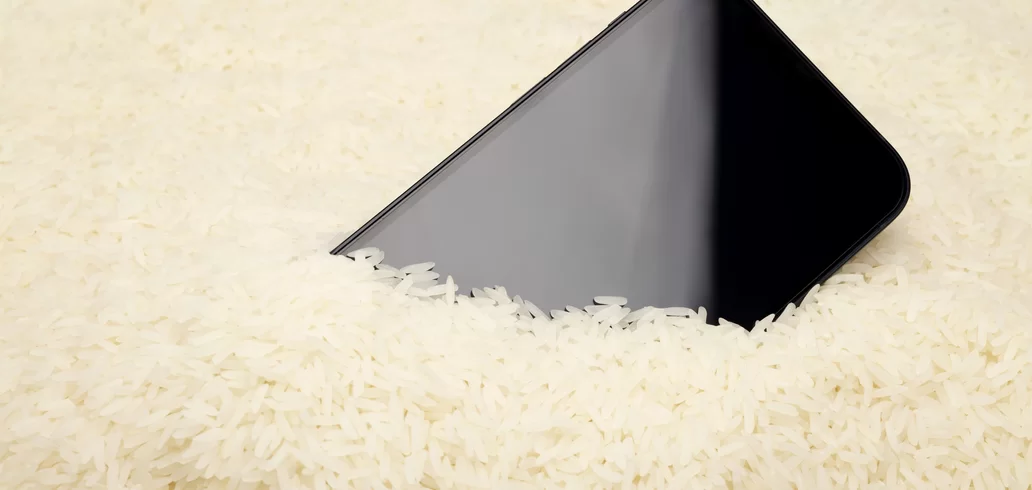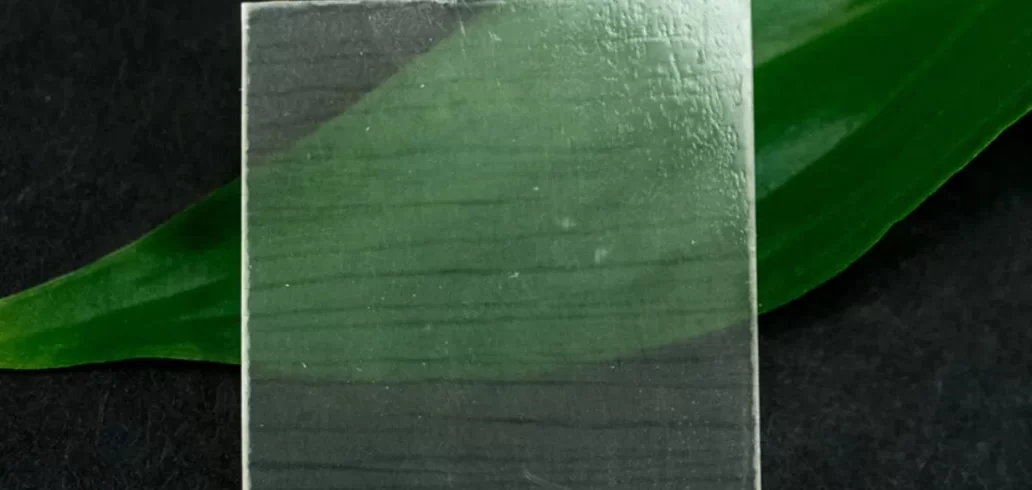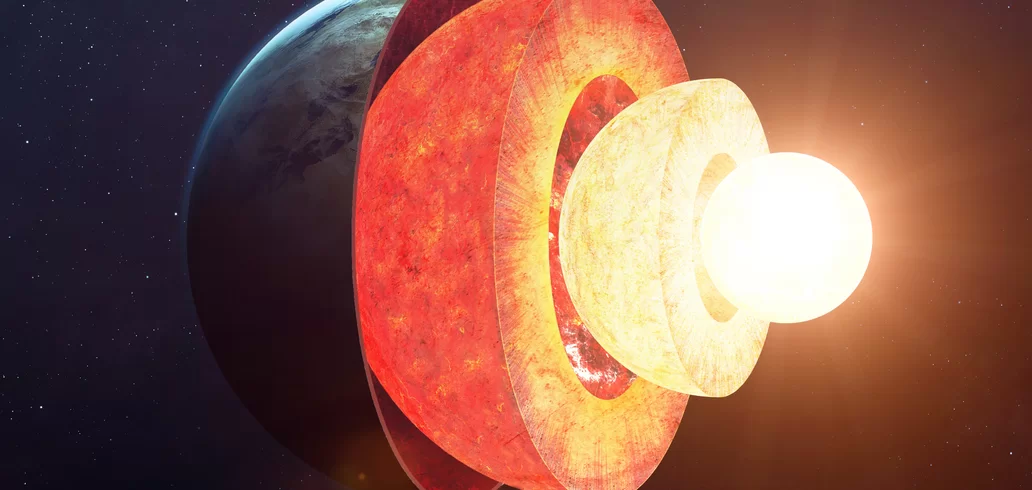Curiosities
Why are snails and slugs so slow?
Advertisement
1. **Physiology**: Snails and slugs have soft bodies and generally do not have strong muscular structures for rapid movement. Their muscles are better suited for slow, continuous movement.
2. **Locomotion**: They move through a combination of muscle contractions and mucus secretion. This process is quite slow compared to the locomotion of animals that have legs or paws developed for running.
3. **Energy**: Also, moving quickly would require more energy, and since snails and slugs are cold-blooded animals, they have slower metabolisms and cannot produce energy quickly like warm-blooded animals.
These factors combined contribute to the characteristic slowness of snails and slugs.
Slowness of slugs and snails
The slowness of slugs and snails is an evolutionary adaptation that has several advantages for these terrestrial molluscs.
1. **Energy conservation**: As cold-blooded animals, snails and slugs have slower metabolisms. Moving slowly helps them conserve energy in an environment where food resources may be scarce.
2. **Protection from predators**: Slow locomotion helps minimize the risk of being detected by predators. Additionally, their soft, slow bodies can be a disadvantage to predators that rely on speed to hunt.
3. **Precise Navigation**: Although it may seem like they are moving slowly, snails and slugs have an amazing ability to navigate their environment. By moving slowly, they can detect and avoid obstacles, find food, and return to shelter with precision.
4. **Mucus Production**: When moving slowly, snails and slugs can secrete mucus to aid in locomotion and protect against dehydration. This mucus can also be used to track their way back to shelter.
These are just some of the benefits of slowness for slugs and snails, showing how this trait is a successful adaptation for their survival in their habitats.
Characteristics that favor slowness
Slowness in certain organisms can be favored by a number of evolutionary and environmental factors. Here are some characteristics that can favor slowness in animals:
1. **Restrictive environments**: In environments where resources are scarce or scattered, slowness can be an advantage. This is because animals can conserve energy by moving slowly to seek food or shelter.
2. **Predator Avoidance**: Slow-moving animals may be less likely to be detected by predators that rely on vision or speed to hunt. Slowness can be a survival strategy against predators.
3. **Mimicry and camouflage**: Some animals, such as certain insects, have coloring and patterns that make them look like leaves or branches. By moving slowly, they can go unnoticed, avoiding predators.
4. **Energy efficiency**: Slow movements can be more energy efficient, especially for cold-blooded animals, which have slower metabolisms. This is particularly important in environments where food availability is limited.
5. **Metabolic needs**: In some cases, the animal's physiology may favor slowness. For example, animals with less developed muscles or less efficient circulatory systems may have difficulty moving quickly.
6. **Eating habits**: Some animals eat slowly, such as herbivores that need to chew fibrous foods. Slow movement may be related to slow eating.
These are just some of the characteristics that can favor slowness in animals, and the importance of each can vary depending on the environment and the specific selective pressures an organism faces.
Trending Topics

Placing your phone in rice to dry could worsen damage to the device, according to Apple
Keep Reading

Simple functions, a salary of US$1,160/month and a guaranteed future? Meet UPS
UPS pays approximately US$1,160/month for operational positions with real room for advancement. Learn how the positions work.
Keep ReadingYou may also like

Transparent wood: the ecological alternative that will dominate architecture and technology in the future
Keep Reading

Surprising Earnings: Cleaning Professionals Make $40,000 a Year
Cleaning professionals can earn up to $40,000 per year. Learn about the benefits, challenges, and ideal profile.
Keep Reading
